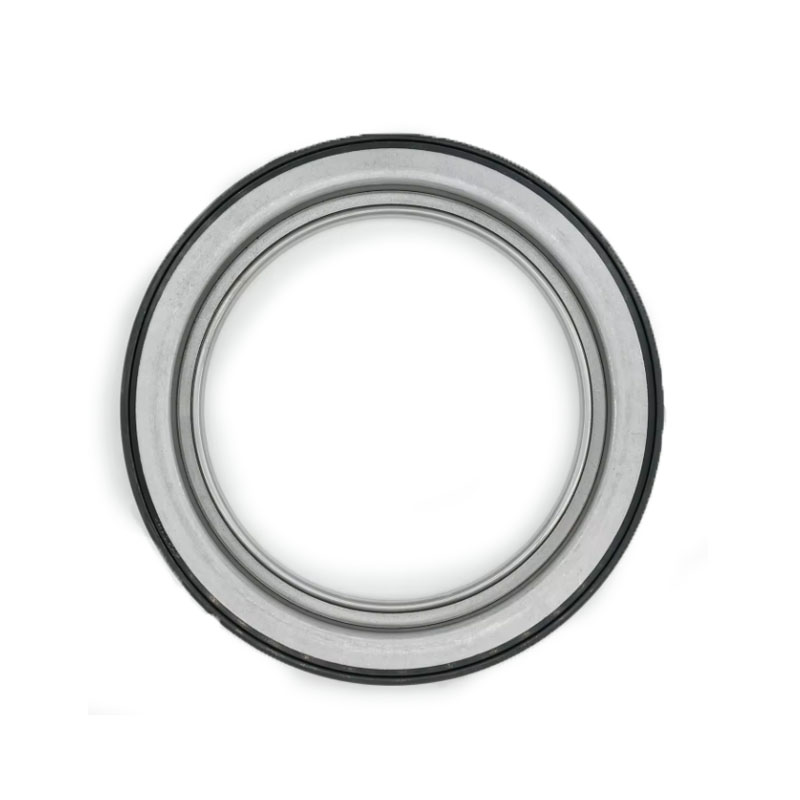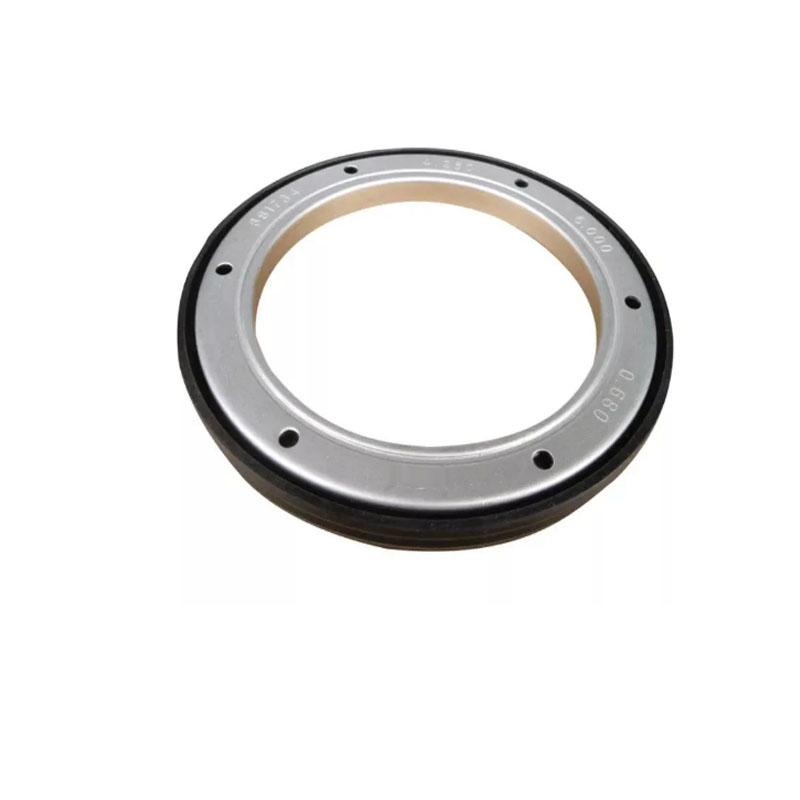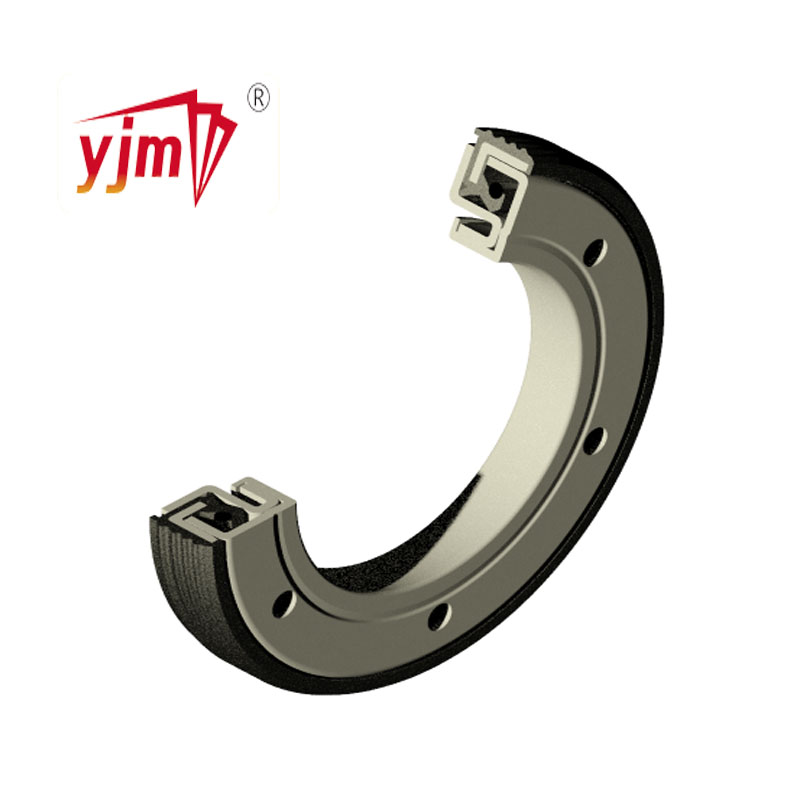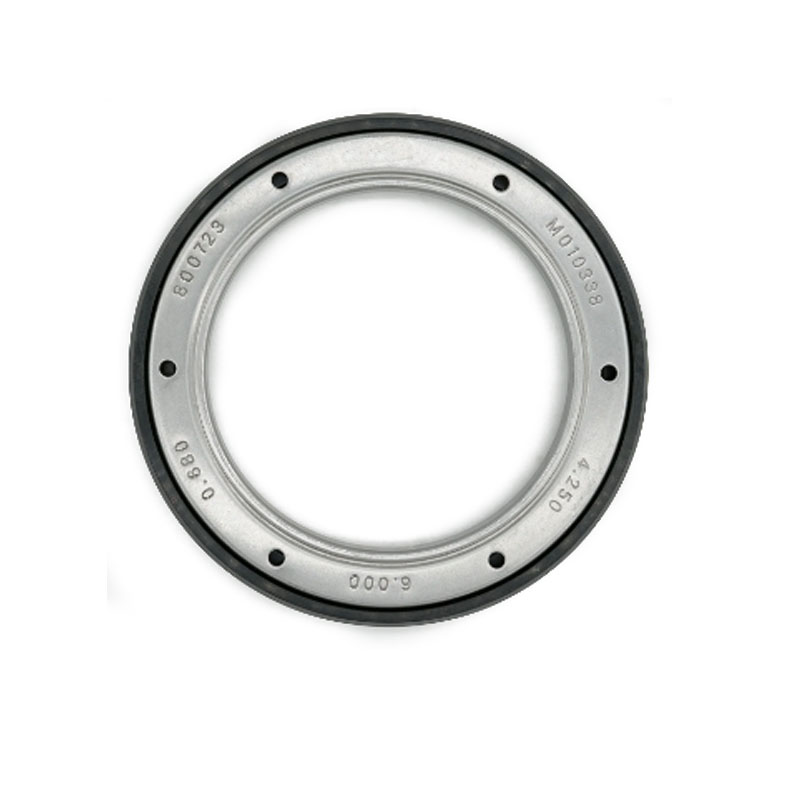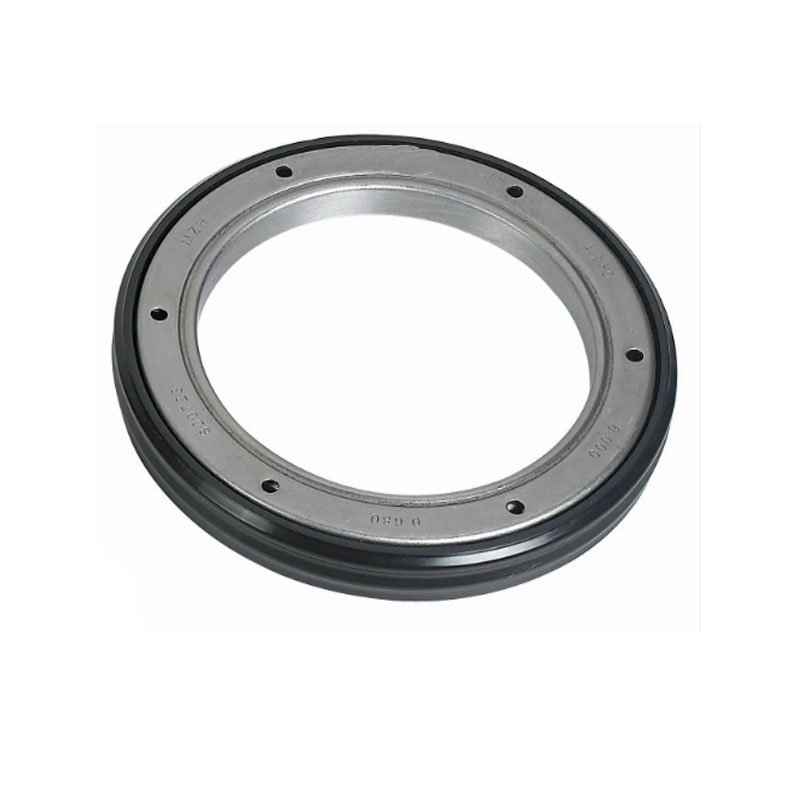
Buannachdan
- saothrachadh proifeiseanta.
2. Diofar mheudan agus modailean a tha rim faotainn.
3. Deagh fhios air ais bho luchd-cleachdaidh bho thall thairis.
4. sùbailte agus goireasach loidsistigs.
5. Seirbheis às dèidh reic riaraichte.
-

Paramadair
Iomlaid Ròin Wheel Hub
Nàiseanta
Seòrsa
Meud (òirlich)
37003A
AXLE
4.765-6.311-1.078
370023A
AXLE
3.875-5.690-0.875
370025A
AXLE
4.625-5.999-0.875
370031A
AXLE
4.250-6.250-1.188
370120A
AXLE
5.500-7.250-1.187
376590A
AXLE
4.250-6.000-0.680
SKF/CR
Seòrsa
Meud (òirlich)
46305
Albannach
4.625-6.001-1.063
Clasaigeach
47692
Albannach
4.767-6.308-1.420
A bharrachd air XL
47697
Albannach
4.766-6.311-1.125
Clasaigeach
STEMCO
Seòrsa
Meud (òirlich)
307-7043
AXLE
4.625-6.000-0.649
372-7097
AXLE
4.625-6.000-0.881
373-0143
AXLE
4.625-6.000-0.981

Tha na modailean a leanas againn cuideachd
AH2854F, AH6901M, AH2492E, AH2261J, BH6832E, MT041A1, MT045A4, AH8378E
BH4214F, AH2853E, AE1679H, BH4701E, BH6133E, BH4371E, BH2051E, AH3148R
AH1512E, BH5321F, DG 70-81.5-6 UV02, AE2742F, HU 021 997 3947
0734 300 185 , CFW1 B1BAF UD4 DRWX2 72 90 12 79.5
0179972847, CFW1 85-105-13/9.5
0734 310 108, B1FVilUD3DRRX3 48-69-10/8
B1BAF UD4 DRWX2 72 90 12/9.5 , 0734 300 165 CFW1
BH5768E, DSS 91-105-4.5/6.2 F01
Gu 70 806/7 NM01 0734 317 276
CFW2 BAUD3 RKF X27 52-68-8, RD073N1,24X2B-01090 AH3148R
1FCO50JL —0608 MK043A8 BH4592E BH3670F
AH2492E BH5320F AH2554J HK038A1 BH3424F
AH6901M 15Z365270AE AH2492E AR2774E AH2240H AH1512E HT096N1 XH0529F
AH8846G AH3730E AD2261G BH4746E AG2775H AA8098E 0219975947 BZ6303E
BH1742G BA5911E DFS100.140.15 WT01 B1BAF 004 DRWXZ AA8095E BZ4962E
A 9
80 142 12 36.8 SP114 153 9 G1-2402S106-059 11010493 106925-2260
0734 319 052 ,10014015 ,017 997 2947 ,0734 310 286
K16 18 13, AH8846G, 0734300257, 001770428000, 0010318,2916113301
ròn mòr-ionad usa 3930273 ,110-23-145-10/12 ,0734319610 (383-0136 PAT 6158734 USA)
03.310.98.210 ,0734 319 643 ,31N-03080 ,601670 ,109625-2650
80 142 12 ,368 551959, 5870048120 ,5870051053 ,TC1270283-24
42 * 60 * 7 Ròn Ola / ròn shailean AH2492E
291513201,
3762726, BH4392G, AH2685H, AH2261J, HPS30508.5, BH4127F, BH2851F
109-137-13, BZ4219E / BZ4219F / 8-97329-780-0 / 10950.286
100*135*17, 95-118-10,95-118-10, 118*174*14*16*28 , 125 *148.3 /152.3 *8.1 /9.3, 168*188/192.5*30
72*122*11*23, 6.006"*4.625"*1.000,108*152.4*17.3,85X120X12,133*187*24,TC 135-153-9
132* 160 *10 ,38.2*49.2*8*12.1,138*160*15, 27*43*9, 91*105*4.5 /6.2, 100*140*15 , 95*109*8/11
110*105*4,100x130x12, 130*170*17, 166*184*10 , 118*174*16*28 , 125*148*18/9 , 55*64*9*24,
52*68*8,80-142-12- 33, D22*D62*H25,36*64*76,TCV 26*37*7,27*38*5.5,SC4P 32.7*42.7*6.5
26*45*8.5, 95*175*25/12, 30*46*8.5, TC 14*28*7, 19*29*7/8, 18*30*6.4/7, 19*32*6/7 , 55*78*12How to calculate oil seal size?
Calculating the correct oil seal size is essential to ensure proper sealing, prevent leaks, and extend the service life of machinery. Oil seals, also known as shaft seals or rotary seals, are used to retain lubricants and exclude contaminants around rotating shafts. To select or calculate the correct oil seal size, you need to determine three main dimensions: shaft diameter, bore diameter, and seal width (thickness).
Shaft Diameter (ID - Inner Diameter):
This is the diameter of the rotating shaft where the oil seal will be fitted. It is also referred to as the inner diameter of the oil seal. The seal must fit snugly around the shaft to prevent lubricant from leaking and to keep contaminants out. Use a caliper or micrometer to measure the shaft diameter precisely.Bore Diameter (OD - Outer Diameter):
This is the diameter of the housing or bore into which the oil seal is pressed. It is also called the outer diameter of the oil seal. This must be measured carefully to ensure a secure and press-fit installation of the seal. Again, a caliper is recommended for accurate measurement.Seal Width (Thickness):
This is the total axial length or width of the oil seal. It is important to match the width with the available space in the housing to ensure proper fit and function. Standard widths vary, but always confirm compatibility with your equipment’s design.The typical format for oil seal dimensions is written as:
Shaft Diameter × Outer Diameter × Width
For example, an oil seal labeled 40×62×10 means it fits a 40 mm shaft, has a 62 mm outer diameter, and is 10 mm wide.Additional considerations when selecting or calculating oil seal size include the type of fluid being sealed, operating temperature, shaft speed, and environmental conditions. Material selection (like NBR, FKM, or PTFE) and lip design (single, double, or spring-loaded) are also key factors based on the application's demands.
In summary, calculating oil seal size involves accurately measuring the shaft diameter, bore diameter, and seal width. Correct sizing ensures a tight fit, effective sealing, and long-lasting performance in rotating equipment.
What is a hub oil seal?
A hub oil seal is a specialized type of oil seal used in vehicle wheel hubs, particularly in heavy-duty trucks, trailers, buses, and agricultural or construction machinery. Its primary function is to retain lubricant (usually oil or grease) within the hub assembly while keeping out contaminants such as dirt, water, and dust. By maintaining proper lubrication and preventing contamination, hub oil seals play a critical role in ensuring the smooth and safe operation of wheel-end components like bearings and axles.
The hub oil seal is typically installed between the rotating axle shaft and the stationary hub or housing. It works by creating a tight seal around the shaft while being pressed into the hub bore. Many hub seals are equipped with multiple sealing lips, including a primary lip for oil retention and secondary lips or dust lips to exclude contaminants. Some high-performance hub seals also feature built-in grease chambers, spring-loaded lips, or advanced materials like Viton or PTFE for better resistance to heat and wear.
There are different designs of hub oil seals, such as unitized seals (one-piece construction with integrated wear sleeve) and cassette-type seals, which are especially effective in high-contamination environments. These designs reduce installation errors and extend service life by protecting both the seal and the shaft from wear and tear.
Proper installation of a hub oil seal is crucial. A misaligned or damaged seal can lead to oil leaks, premature bearing failure, and even dangerous driving conditions. Technicians typically use seal drivers or installation tools to ensure the seal is pressed in evenly and without distortion.
In summary, a hub oil seal is a vital component that ensures the reliability and safety of wheel hubs by preventing oil leakage and blocking contaminants. It supports the longevity of bearings and other moving parts, reduces maintenance needs, and helps vehicles operate efficiently under various road and load conditions.
What happens if an oil seal is leaking?
If an oil seal is leaking, it can lead to a series of mechanical issues that may compromise the performance, safety, and longevity of the machinery or vehicle. Oil seals are designed to retain lubricants within a specific area—typically around rotating shafts—and to prevent contaminants like dust, dirt, and water from entering. When an oil seal fails or begins to leak, it means this protective function has been compromised.
The most immediate consequence of a leaking oil seal is loss of lubrication. Lubricants such as oil or grease are critical for reducing friction between moving parts. If oil leaks out, components like bearings, gears, or shafts may run dry, leading to overheating, accelerated wear, and ultimately, mechanical failure.
Another common issue caused by a leaking oil seal is contamination. A compromised seal allows dust, dirt, and moisture to enter the sealed system. These contaminants can damage sensitive internal components, reduce the effectiveness of the lubricant, and cause corrosion or pitting on metal surfaces.
In automotive applications, a leaking oil seal can lead to visible oil spots under the vehicle, unpleasant odors (especially if oil drips onto hot engine or exhaust parts), and even performance issues, such as slipping clutches in motorcycles or poor braking in wheel-end applications. In severe cases, it may cause complete system failure, such as a seized engine or damaged transmission.
Oil leaks also pose environmental and safety risks. Leaking oil on road surfaces can create slippery conditions, increasing the risk of accidents. In industrial settings, oil on the floor can be a slip hazard and may violate safety or environmental regulations.
In summary, a leaking oil seal should never be ignored. It can lead to lubricant loss, contamination, part damage, safety risks, and expensive repairs if not addressed quickly. Regular inspections, proper installation, and using the right type of seal for the application are key to preventing such failures.
-
Roinnean-seòrsa bathar
Related News
-
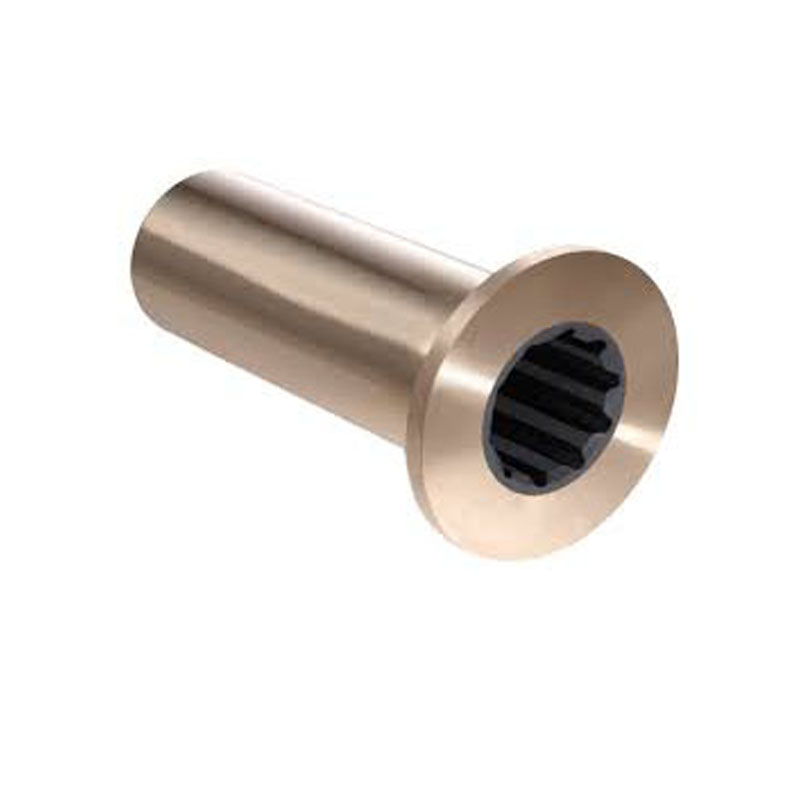 24 . Nov, 2025
24 . Nov, 2025Discover the key benefits and applications of the seal 12x20x5, a durable, cost-effective radial shaft seal used worldwide in machinery, automotive, and renewable industries.
barrachd... -
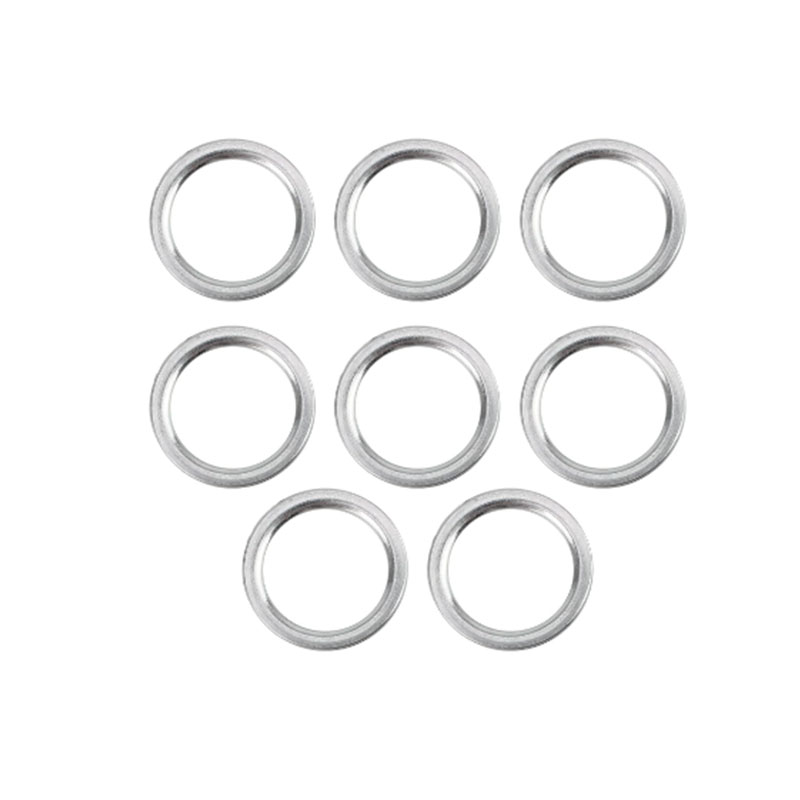 24 . Nov, 2025
24 . Nov, 2025Discover everything about seal 12x18x5 — from technical specs and global applications to vendors and FAQs. Ensure mechanical reliability with the right seal.
barrachd... -
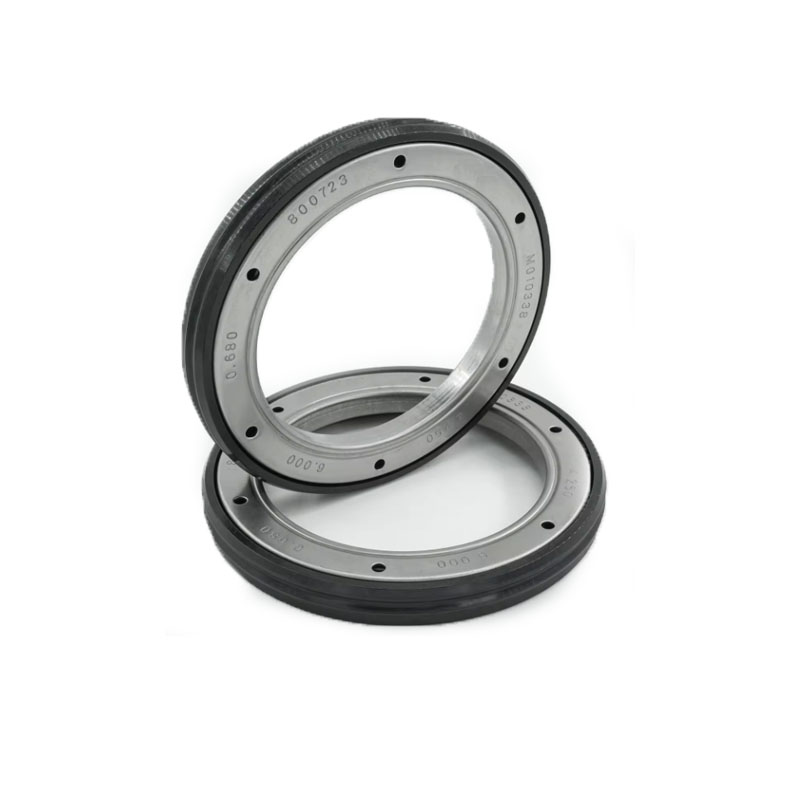 23 . Nov, 2025
23 . Nov, 2025Explore the essentials of seal 12 20 5, from definitions and specifications to global uses, benefits, and supplier comparisons. Discover why these seals are vital across industries.
barrachd...
